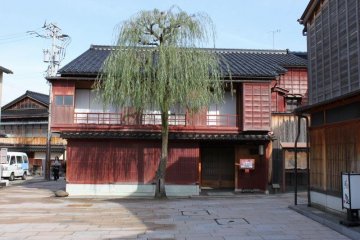
Higashi Chaya Geisha Area, Kanazawa
Erik OBrienNowhere in Japan has touched me more than Kanazawa. Particularly Higashi Ochaya and the surrounding area. Hoping all those who travel to Japan make this a must to see

The Higashi Chaya District (ひがし茶屋街) is a traditional teahouse district east of Kanazawa Station which known for its geisha performances. Comprising song and dance, these were a historical fixture at the local chaya teahouses since the Edo Period. This eastern district is just one of three in Kanazawa—alongside Nishi Chayagai and Kazuemachi—but Higashi is by far the largest and most well-known.
Ten minutes from Kanazawa Station via the Kanazawa Loop Bus (Right Loop). Alight at Hashibacho (Koban-mae), RL5, before a brisk 5 minute walk.

Nowhere in Japan has touched me more than Kanazawa. Particularly Higashi Ochaya and the surrounding area. Hoping all those who travel to Japan make this a must to see

Higashi Chaya District is a picturesque area with cobblestone alleyways and traditional wooden architectures of the Edo period.
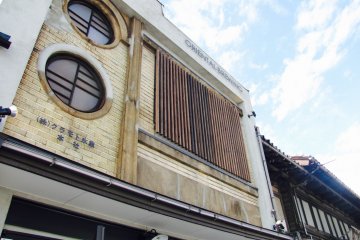
This Kanazawa craft beer bar has all the potential to be a firm favourite in this vibrant city
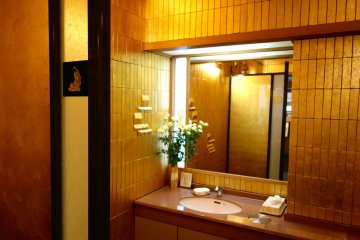
Sakuda's Golden Bathroom highlights the best of Kanazawa gold and silver leaf traditional craft
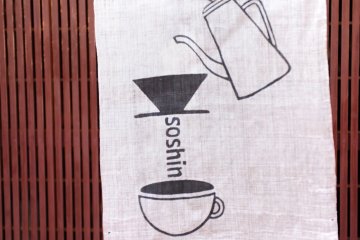
Soshin is a Japanese-style cafe located in the historic Higashi Chaya area in Kanazawa. This charming cafe serves great coffee and desserts including ice cream, cakes and parfaits as well as light fare including sandwiches and pizza. The atmosphere is cozy and relaxing and provides a nice break when you have walked through the traditional Chayamachi district. There is a counter space on the ground level and an open cafe space with tables upstairs. Soshin is open from 10:00 a.m. to 6:30 p.m. and closed on Wednesdays. The nearest bus station on the Kanazawa Loop Bus route is Hashiba-cho.
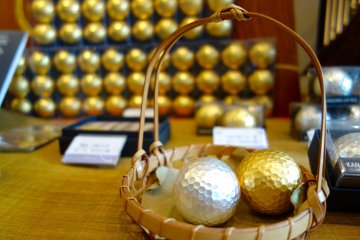
After first opening in 1919, Sakuda flourished at the time when golden Buddhist statues and figurines for putting up on altars picked up in demand. Its business has developed from the sole production of gold-leaf production to selling its own gold-leaf accessories.
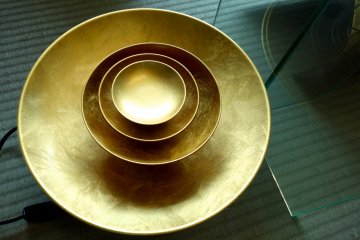
Experience the history and production of Kanazawa gold and silver leaf. The very name of Ishikawa prefecture’s capital city translates literally as “golden marsh”.

Experience the feeling of being in Edo-era Japan in Kanazawa's East Teashop District!

At twilight, dim lights are lit at chaya (teahouses) and the sound of shamisen and drums can be heard on the streets of Higashi Chaya-machi Town in Kanazawa City.

In Kanazawa in Japan's Ishikawa prefecture, Forza Hotel is an elegant, comfortable but reasonably priced hotel, well located for sights and shops.
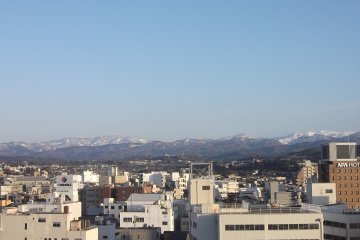
In historical Kanazawa in Japan's Ishikawa prefecture, APA Hotel Kanazawa Chuo is an affordable, comfortable hotel in the heart of the city's busy downtown area.
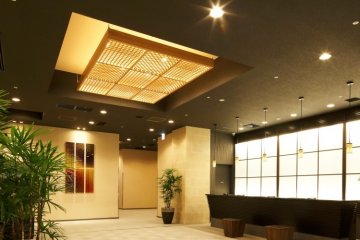
HOTEL MYSTAYS Kanazawa provides a perfect home-base of operations for any trip within Japan and if you choose to stay in Kanazawa you will certainly not be disappointed. From the minute you walk in the door their friendly, caring and attentive staff quickly and kindly check you in, answer any questions you may have. Any issues or inquiries are no trouble at all with their multi-lingual staff, especially for the first-time Japan visitor! From Kanazawa Station it is only a five minute walk.
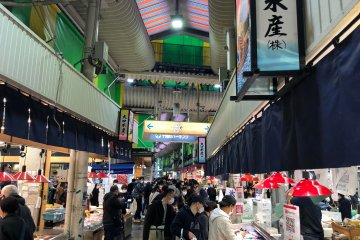
Kanazawa Omicho Market is an old fresh food market that was established during the Edo period, consisting of more than 170 stalls arranged in its network of alleys. It is a colorfully covered food market that had fish stalls plus grocery stores, and restaurants.

Gold Leaf soft serve Ice-cream at Hakuichi's in Ishikawa prefecture's Kanazawa. The store is down the street from Kenrokuen Gardens.
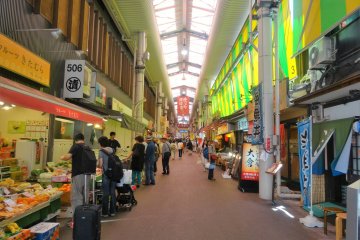
Get a close-up glimpse of Kanazawa's "kitchen" at the Omicho market in the center of the city.

Kanazawa Castle is a partially-reconstructed castle located in Kanazawa, Ishikawa Prefecture. Up until the Meiji Restoration period in 1871, lords of the Maeda Clan occupied the castle. The castle building is part of the sprawling Kanazawa Castle Park, where you can also find the Kenrokuen Garden. In 2008, the castle was designated as a National Historic Site. Most of the castle's original structures were burnt down during a fire in 1759. Unfortunately, another fire struck Kanazawa Castle in 1881, after several structures had already been rebuilt. Now, Kanazawa Castle has been steadily reconstructed to match how it looked in the 1850s.

Located within Kanazawa Castle Park in Ishikawa Prefecture, Kenrokuen Garden is one of Japan's most famous traditional landscape gardens. Together with Kairakuen and Korakuen Gardens, Kenrokuen Garden is one of the Three Most Beautiful Gardens of Japan. The gardens span 11.4 hectares, encompassing the Kasumigaike and Hisagoike ponds, Kotojitoro stone lantern, fountains, and seasonal foliage. Throughout the year, visitors can enjoy the sight of seasonal flowers such as plum blossoms, cherry blossoms, azaleas, and irises. During winter, the pine trees at Kenrokuen are protected using a special method called yukitsuri. Yukitsuri literally translates to "snow hanging", and is a method of arranging ropes in a conical shape to protect the tree branches from breaking due to the weight of the snow. Kenrokuen was named after the six factors that best bring out the beauty of a perfect landscape garden. The six factors are spaciousness, artificiality, antiquity, an abundance of water, beautiful garden views, and tranquility. Within the garden compounds, there are several teahouses, confectioneries, and restaurants. This shophouse-lined street is a popular spot during spring when the cherry blossoms are in full bloom.

Nomura Samurai House (武家屋敷跡 野村家) is a historical family estate in the Nagamachi area of Kanazawa. This restored Edo period home reveals what it was like to live like a samurai, with its own tea ceremony room and enchanting Japanese garden.